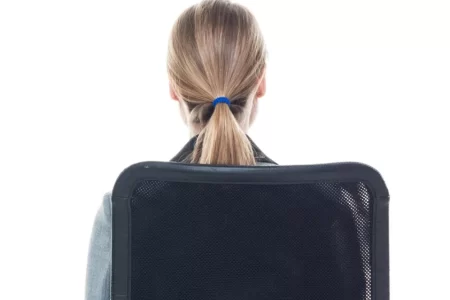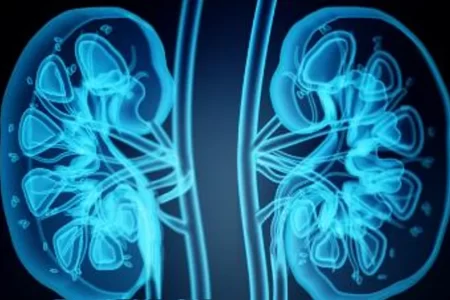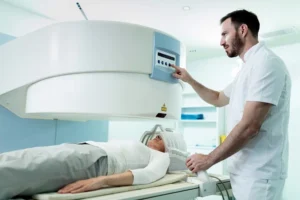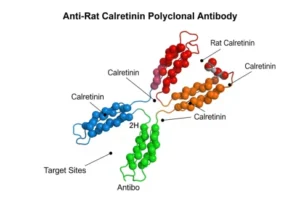Kidney Stone Pain: How Does It Feel When You Have a Kidney Stone?
- Updated on: Jan 25, 2024
- 3 min Read
- Published on Apr 20, 2021
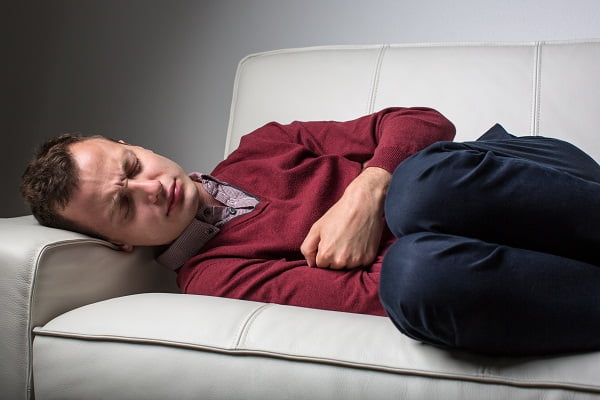
Why Do Kidney Stones Cause Pain?
Kidney stones vary in size. Some are very small and some large enough as much as a few inches across. Some kidney stones can become so large they take up the entire hollow space within the kidney.
Some kidney stones (particularly if they are very small and present in the kidney) may not produce symptoms such as pain. These are known as “silent” stones. However, people who have kidney stones generally experience sudden onset of excruciating, cramping pain.
Small-sized stones can travel from the kidney to the bladder through ureters and thus excrete urine. But sometimes, the large-sized stones get blocked in the ureters which can block the passage of urine to the bladder. It is then that these stones result in severe unbearable pain.
Read about symptoms of and complications due to kidney stones here: Kidney Stones (Renal Calculi) Symptoms and Complications
How does kidney stone pain begin?
The first step is acute obstruction due to the stone generally. Urine from the kidney can no longer pass to the bladder. This results in the stretching of the proximal portion of the kidney and the ureters. This activates nerve fibers that sense injury.
These nerve fibers then transmit signals to the spinal cord which the body interprets as pain. As the stone migrates from the kidney to the ureter and the bladder, pain usually moves downward. The pain is generally sensed more severe when the stone is lodged in the proximal ureter and it is less intense as the stone shifts down near the uretero-vesical junction at the entry to the bladder.
While passing stones, patients may experience other symptoms also in addition to chronic pain. Many nerves involved in the process of obstruction are linked to the innervation of adjacent organs. This might cause other symptoms. For example, cross-activation of nerve fibers associated with gastrointestinal systems is considered to cause nausea and vomiting which often occurs in case of an acute episode of renal colic.
What is the nature of kidney stone pain?
People who have kidney stones often report sudden onset of excruciating, cramping pain in their lower back and/or side, groin, or abdomen. Kidney stone pain often begins suddenly. As the stone moves, the pain changes location and intensity.
Changes in the position of the body do not relieve pain. The pain has been described by many patients as the worst pain of their lives, even worse than the pain of childbirth or fractured bones. Some people who have experienced kidney stone pain compare it to childbirth or being stabbed with a knife.
In many cases, pain comes in waves, which may be a sign of intermittent obstruction activating the nerve fibers each time urinary flow is obstructed. This is made worse by the ureters that contract as they try to push the stone out. Each wave may last for a few minutes, fades, and then come back again.
The pain may persist at a chronic level for several hours but ultimately subsides or becomes less severe.
FAQs
Is kidney stone pain constant, or does it come and go?
Kidney stone pain can be intermittent, with episodes of intense pain as the stone moves. The level of pain may vary, and rest between episodes may provide temporary relief.
Can kidney stone pain be mistaken for other conditions?
Yes, kidney stone pain can be similar to other abdominal pains. Proper diagnosis through medical evaluation and imaging is essential to rule out other potential causes.
Does the severity of kidney stone pain indicate the stone's progress?
The intensity of pain may correlate with the stone's movement and location. Severe pain may suggest a blockage or obstruction, requiring prompt medical attention.
Can dehydration contribute to the onset of kidney stone pain?
Dehydration is a common risk factor for kidney stone formation. Staying adequately hydrated can help prevent stones and reduce the likelihood of associated pain.
Are there warning signs before kidney stone pain begins?
Some individuals may experience warning signs, such as urinary changes or mild discomfort, before the onset of severe pain. Recognizing these signs and seeking medical advice early can be beneficial.





